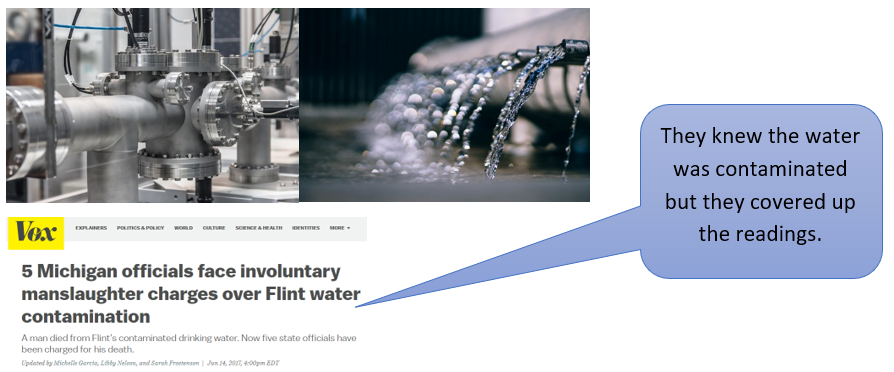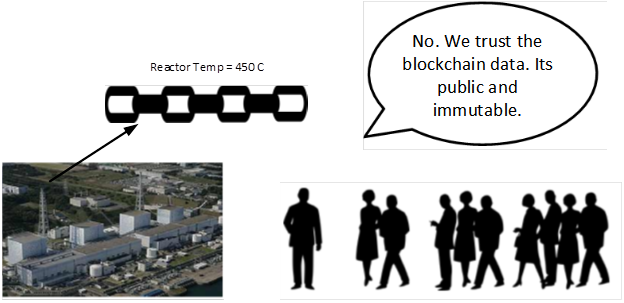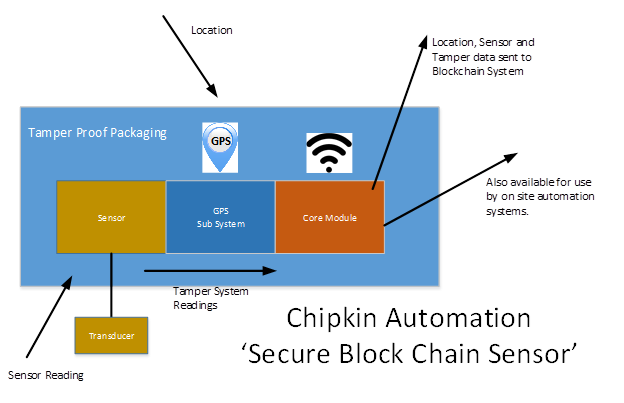Institutional Applications Secure Block Chain Sensor
Download: Secure Block Chain Sensor Institutional Applications.pdf. Please CONTACT US if you have any questions
Overview
The trust in institutions, especially governmental bodies, has been eroding due to instances of failure and deception. Examples such as the Flint water crisis and nuclear disasters like Fukushima and Three Mile Island highlight the consequences of institutional deceit. The Secure Block Chain Sensor presents a solution to restore trust by ensuring the integrity and transparency of data collected from critical operations.

Can You Trust Institutions?
In Flint Michigan, the city, the state and the federal govt EPA failed the public big time. They not only contaminated the drinking water, they also lied about it big time. They lied about what was in the water. They lied about the lead in the water. Imagine if the sensors at water treatment plants sent their data to the public and the data was sent in a way that it could not be altered. The smaller the town the smaller the water treatment plant and the more opportunity for data manipulation.
In Fukushima and 3Mile – The institutions lied to the public. They had data, they knew the data but they lied and altered the data. Imagine how much more trust you would feel about nuclear operations if the sensors sent data to the block chains where it could not be altered and where it was in the public domain, so the public could see and inspect (and trust) the data.
The public trust in governments is collapsing. More often than ever we see government failing.
- 1. Failing to set safety standards that are in the consumers' interests.
- 2. Failing to enforce those standards.
Part of the answer is the 'Secure Block Chain Sensor'. Capable of sending data to block chain servers to ensure a) its visibility and b) its immutability.


Who do you trust – Corporate bosses or data in the block chain?

How does the 'Secure Block chain Sensor' work? Click Link for Article Details! Data from the sensor is block-chained. Meaning that it cannot be altered after the fact. Nor can it be moved, taken offline, or tampered with because this additional data is also part of the block-chained record.
